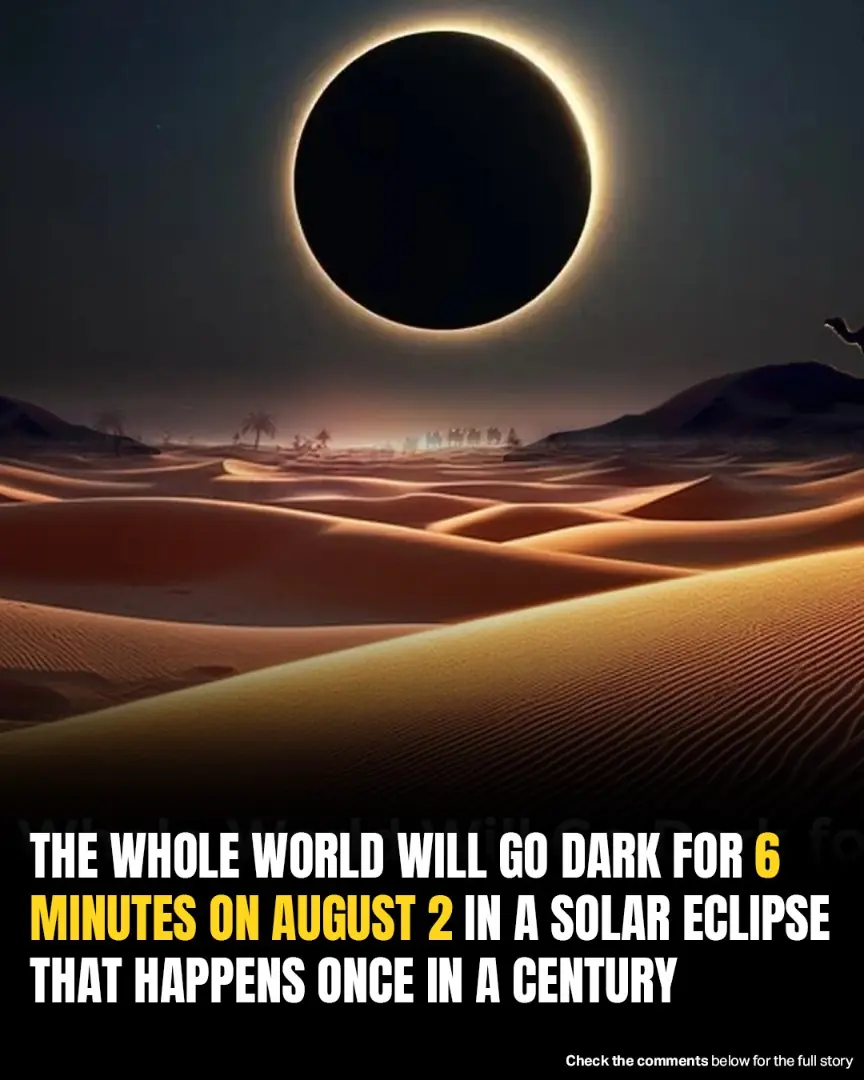
The Sun Is Destroying Elon Musk’s Starlink Satellites—Scientists Issue Dire Warning
In a surprising turn of cosmic events, the sun - our life-giving star - is now wreaking havoc on Elon Musk’s growing constellation of Starlink satellites. As solar activity intensifies during a period known as the solar maximum, scientists are raising serious concerns about the long-term viability of satellite mega-constellations and the unintended consequences of an overcrowded low Earth orbit.
This unprecedented solar surge, part of the sun’s natural 11-year cycle, is now accelerating the decay of satellites, increasing the risks of orbital debris, and even raising the possibility that satellite fragments may survive re-entry and fall to Earth - something that has already happened once.
"We found that when we have geomagnetic storms, satellites re-enter faster than expected [without solar activity]," explained Denny Oliveira, a space physicist at NASA’s Goddard Space Flight Center, in an interview with New Scientist.
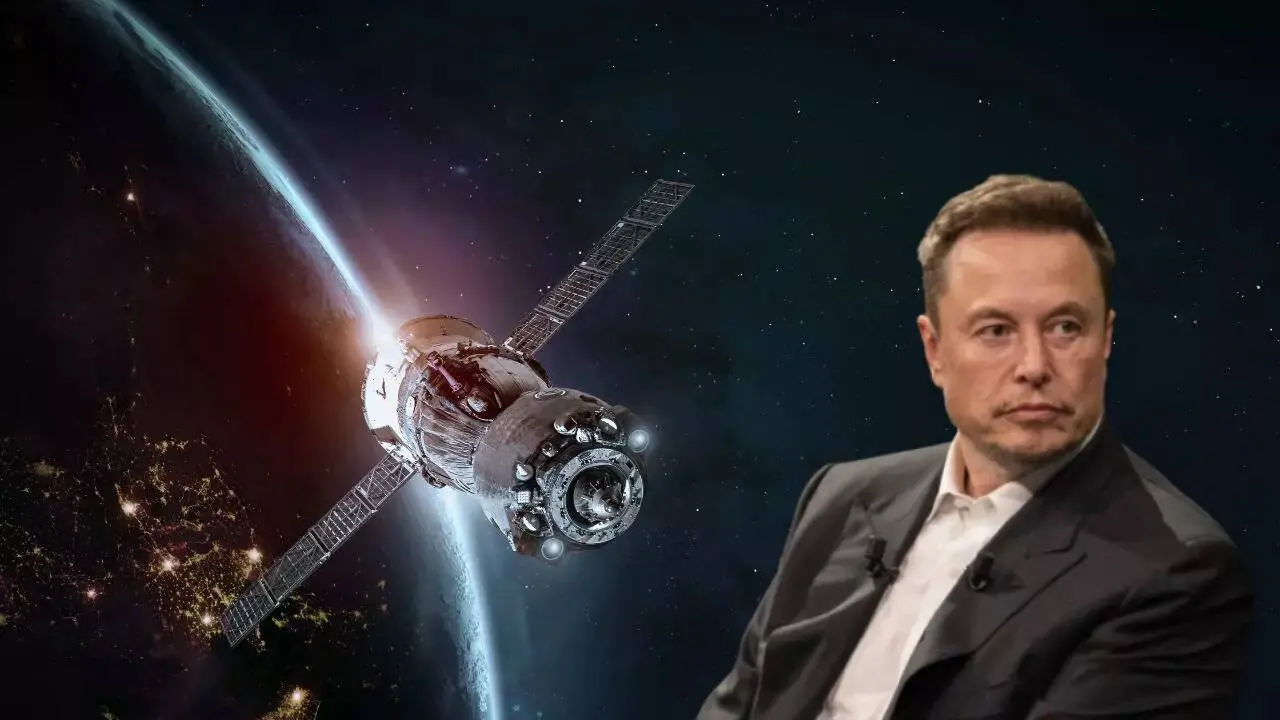
What Is Solar Maximum - And Why Now?
The solar maximum is the peak of the sun’s roughly 11-year solar cycle, during which solar activity - like flares, coronal mass ejections (CMEs), and sunspots - increases dramatically. This surge in activity can have widespread effects on Earth, from beautiful aurorae in the polar regions to disruptions in satellite operations, GPS systems, and power grids.
This cycle's current maximum, projected to span 2024–2026, is proving especially intense. Scientists have already recorded a spike in geomagnetic storms, several of which have been strong enough to affect satellite altitudes and impact the upper atmosphere.
"This is the first solar maximum that we’ve had in the mega constellation era," said Samantha Lawler, an astronomer from the University of Regina in Canada.
The Starlink Era Meets a Cosmic Challenge
Since its launch in 2019, SpaceX’s Starlink project has launched over 6,000 satellites into low Earth orbit (LEO) to provide global high-speed internet coverage. With thousands more planned, it’s the most ambitious satellite network in human history.
But there's a problem: Starlink satellites operate in relatively low orbits - between 340 and 550 kilometers above the Earth - making them especially vulnerable to drag induced by changes in the Earth’s atmosphere.
During solar storms, the sun’s radiation heats up and expands the upper layers of Earth’s atmosphere, creating denser conditions that act like a brake on orbiting satellites. The result? Starlink satellites begin falling out of orbit more rapidly than expected.
"It’s the first time in history we have so many satellites re-entering at the same time," said Oliveira. "In a few years, we will have satellites re-entering every day."
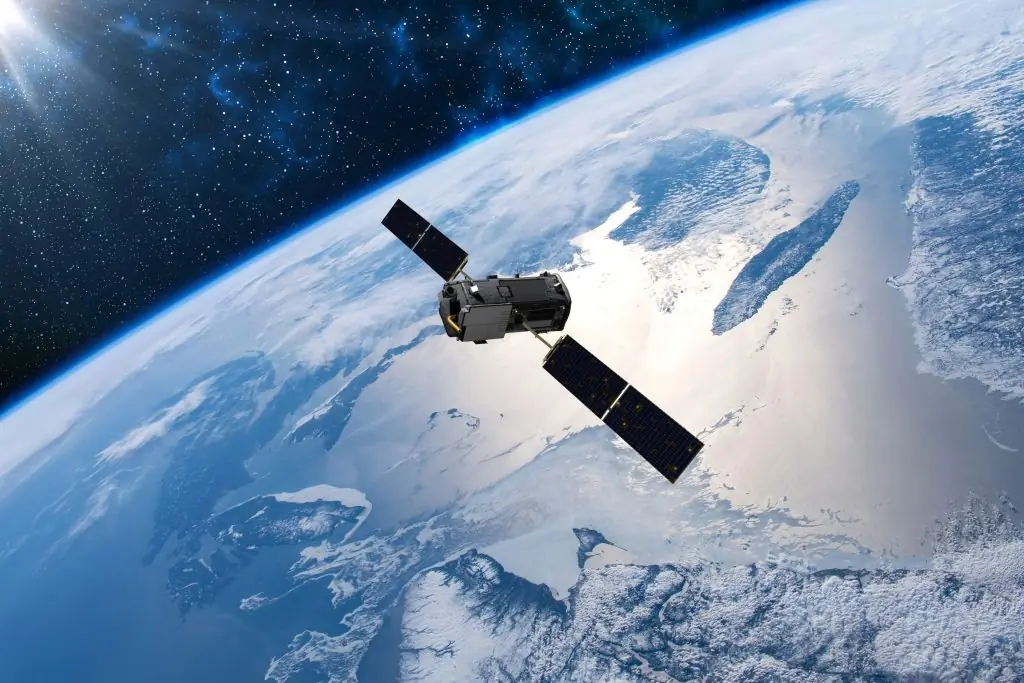
How Solar Activity Cuts Satellite Lifespan
Oliveira and his team analyzed satellite data during recent geomagnetic storms and found that Starlink satellites could lose up to 10 days of operational life during periods of intense solar activity.
That number might not seem large in isolation, but when thousands of satellites are in question, the cumulative impact is substantial. Even a minor reduction in orbital stability can mean more frequent replacements, increased costs, and a higher risk of uncontrolled satellite re-entries.
In 2022 alone, SpaceX reported the loss of 40 newly launched satellites due to a geomagnetic storm. The event occurred just one day after their deployment and led to atmospheric drag so intense that the satellites failed to achieve their intended orbits and burned up during re-entry.
Could Satellite Debris Survive Re-Entry?
While most satellites are designed to disintegrate completely upon re-entering Earth’s atmosphere, the enhanced pace of decay during solar maximum may change that equation.
"You could have a chance of an object reaching the ground," Oliveira cautioned.
This risk is not hypothetical. In August 2023, a Starlink satellite fragment weighing more than 5 pounds was found on a farm in Saskatchewan, Canada - a stark reminder that not all re-entering satellites go up in flames.
“This is the easiest place in the world to find Starlink debris. If we found one [piece] here, how many did we miss?” Lawler asked, underscoring the growing uncertainty around satellite re-entry safety.
As the mega-constellation era continues, accidental debris impacts could become more frequent, particularly in rural areas where detection is more difficult. Even a small object can cause damage or injury if it falls in the wrong place at the wrong time.
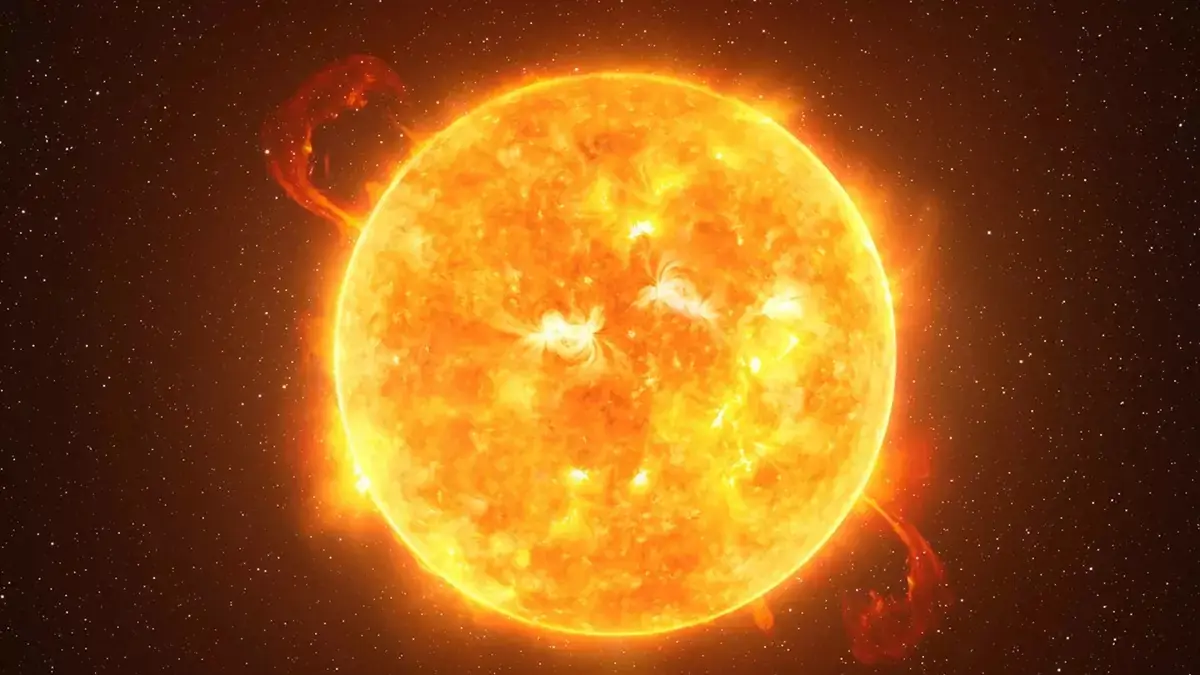
The Future of Starlink: Challenges and Opportunities
Despite these challenges, some experts believe that the solar maximum might offer an opportunity for better orbital management. For one, faster re-entries can help clear defunct or dead satellites from orbit, potentially reducing space junk if managed correctly.
“Solar storms may encourage firms like SpaceX to deorbit inactive satellites sooner,” noted Lawler.
Currently, international guidelines recommend that defunct satellites be removed from orbit within 25 years. But with the sun accelerating the timeline, companies may be forced to adopt stricter self-regulation - or risk contributing to a hazardous orbital environment.
The Growing Threat of Orbital Congestion
One of the unintended side effects of Starlink’s rapid expansion is the growing risk of space congestion. As of mid-2025, Starlink accounts for more than 50% of all active satellites in orbit. Other mega-constellations, such as Amazon’s Project Kuiper and OneWeb, plan to launch thousands more.
This creates what many call a “tragedy of the commons” scenario in space: as more satellites crowd the skies, the risk of collisions, cascading debris events (the Kessler Syndrome), and interference increases.
Solar activity makes the situation even more precarious. If satellites are unexpectedly dragged down into lower orbits, they may intersect with trajectories of other spacecraft, raising the odds of collisions.
Without coordinated international governance and satellite traffic control systems, these risks will only continue to rise.
SpaceX’s Response: Adapting to a Solar Reality
To its credit, SpaceX has been actively updating Starlink satellite designs in response to both technological challenges and environmental pressures. The newer generations - like Starlink V2 Mini and V2.0 - are said to feature improved propulsion systems and more durable materials to withstand minor atmospheric variations.
Additionally, the company has pledged to make satellites more “demisable”, meaning they are designed to burn up completely upon re-entry, minimizing the risk of debris hitting Earth.
However, as the current solar maximum is already proving more active than anticipated, it’s unclear whether these design changes will be enough to offset the impact of intensified geomagnetic activity.
The Need for Global Standards and Cooperation
As humanity enters an age of mass satellite deployment, the effects of natural space weather on artificial satellites are no longer a niche concern - they're a global issue. This raises pressing questions:
- Should there be international regulations on satellite design and de-orbit protocols during solar maximum periods?
- Can agencies like NASA, ESA, and the UN Office for Outer Space Affairs (UNOOSA) play a larger role in coordinating efforts?
- Will companies adopt real-time solar storm mitigation strategies, such as putting satellites into safe mode or adjusting orbits preemptively?
If not addressed, these gaps in governance could leave space operators - and by extension, the rest of us - vulnerable to both economic and safety risks.
Final Thoughts: A New Era of Solar-Driven Space Challenges
We often marvel at our technological prowess in placing thousands of satellites in orbit, delivering internet to the most remote corners of the world. But this achievement is now colliding with a force we cannot control: the sun.
As we face increasingly active solar cycles, the fragility of our space infrastructure becomes clear. The sun is not just a passive backdrop to our orbital ambitions - it is an active, dynamic force that we must account for in every mission, every launch, and every satellite design.
What began as an ambitious plan to blanket the Earth in high-speed internet may now face a new set of cosmic hurdles. And while technology can rise to meet many of these challenges, only thoughtful regulation, scientific foresight, and global cooperation can ensure a sustainable and safe future in low Earth orbit.
News in the same category


Brain Teaser: Can you identify the error in this family’s dining room photo in under 15 seconds?
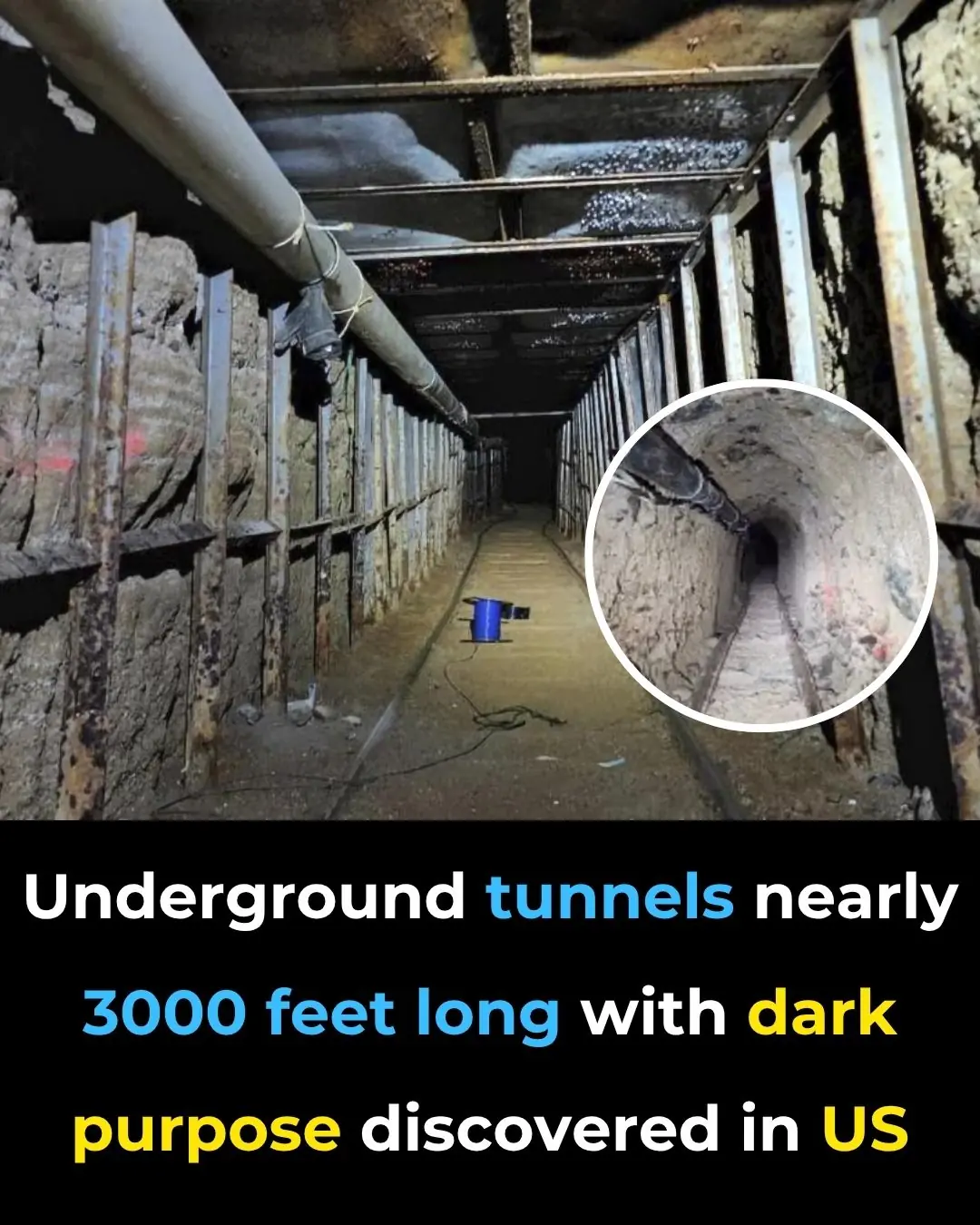
Authorities Discover 1,600‑Foot Drug Tunnel Under Us–Mexico Border With Lighting And Rail System

Bill Gates Says Only 3 Jobs Are Safe From AI — Are You In One Of Them?

Here’s What It Really Means When A Man Turns His Back In Bed

If You See A Man With One Painted Fingernail, Here’s What It Means

This house looked like it was about to fall into itself until one family stepped in

Bill Gates reveals profession which will remain '100% human' even after AI replaces most jobs
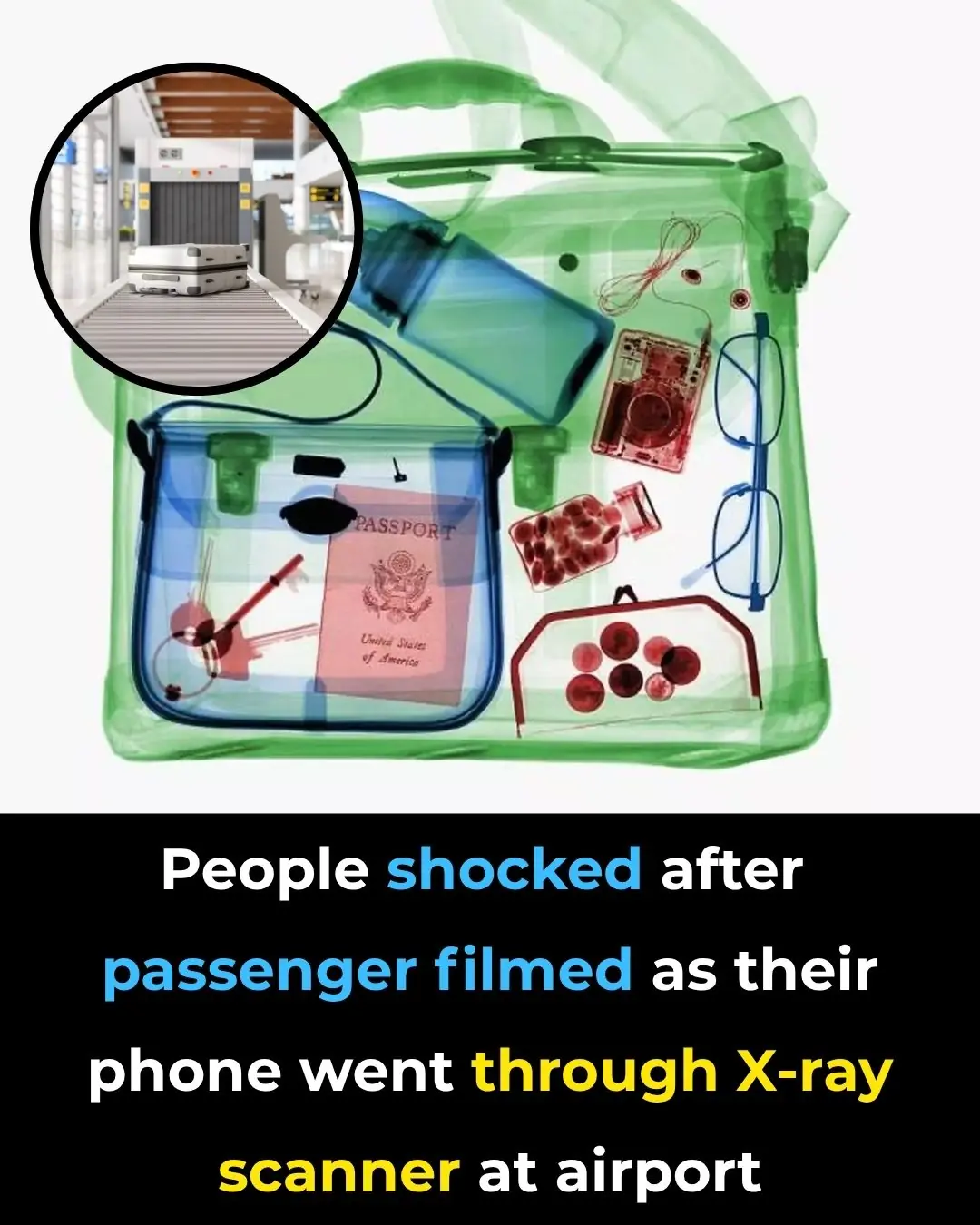
People shocked after passenger filmed as their phone went through X-ray scanner at airport
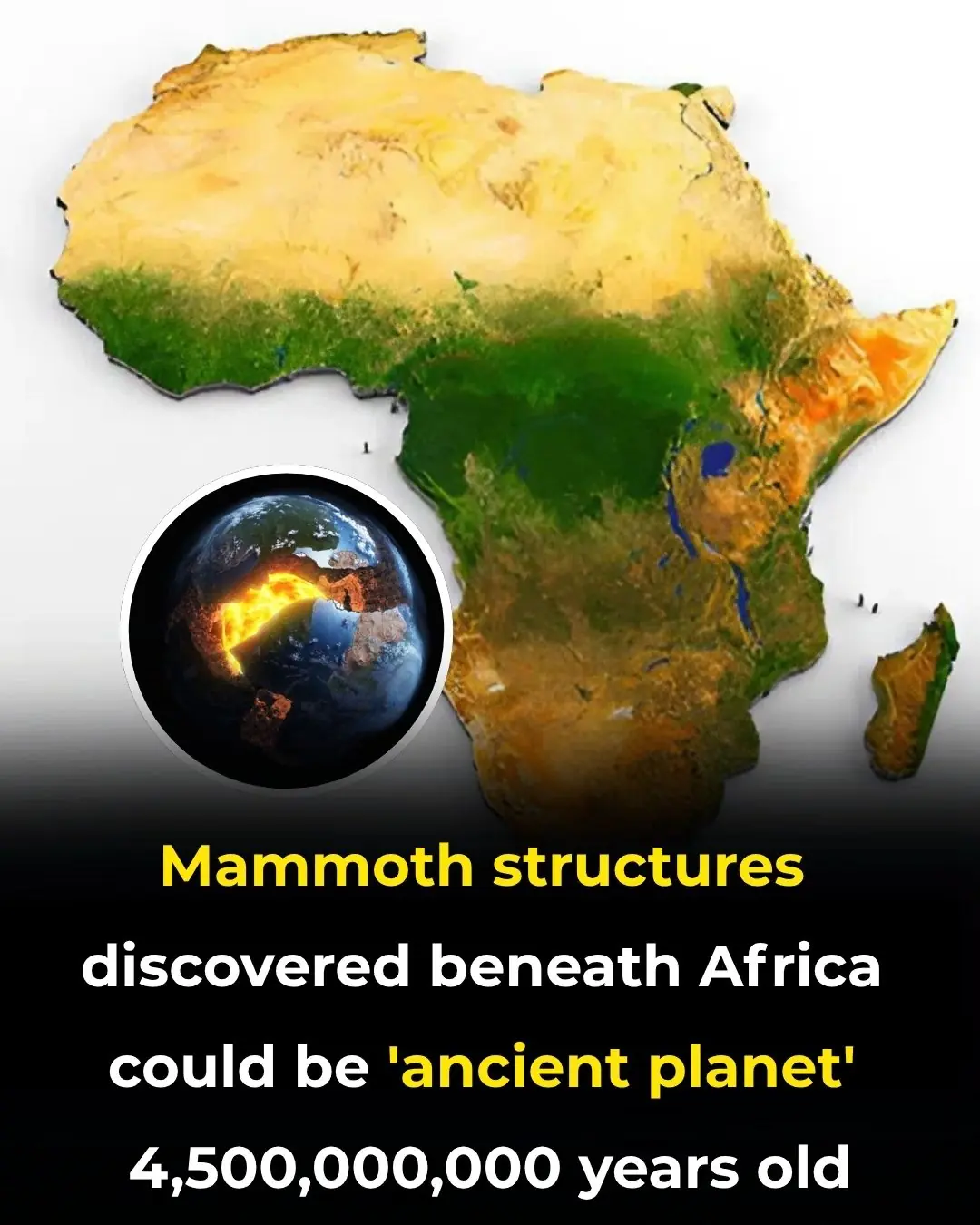
Mammoth structures discovered beneath Africa could be 'ancient planet' 4,500,000,000 years old

YouTuber discovers 78-year-old woman who's been keeping her own world alive in a 'dead' game for years

If You See A Man With One Painted Fingernail, Here’s What It Means

Six Minutes Beyond Life: What I Saw After Dying And Coming Back

Hotel Warning: 3 Disturbing Signs You Should Never Ignore

Air India Crash Passenger Shared Eerie Clip Showing Total Power Failure Hours Before Tragedy

Could Psilocybin Be The Key To A Longer Life? Researchers Are Shocked
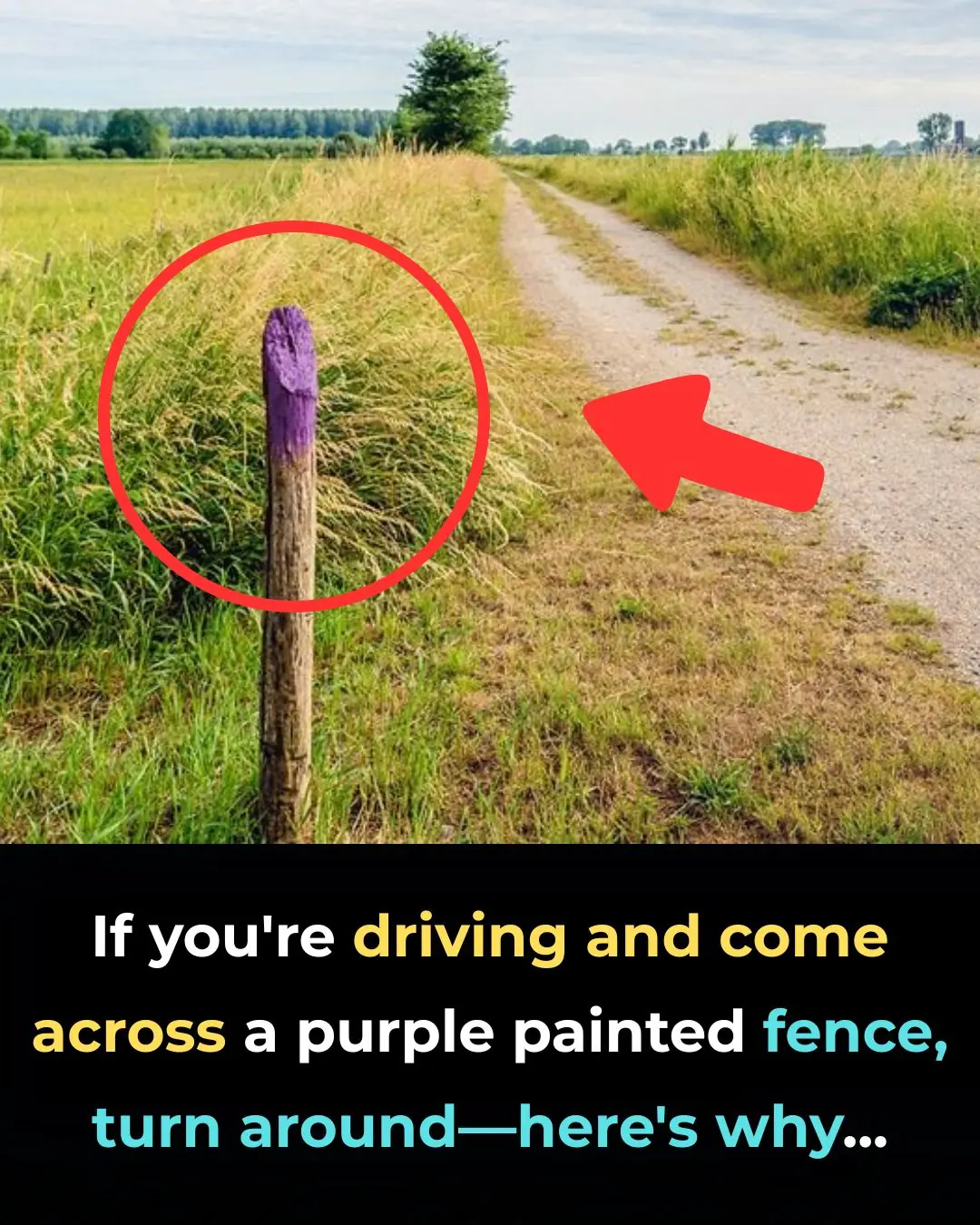
If You See A Fence Painted Purple, You Better Know What It Means – Knowing This Can Save Your Life
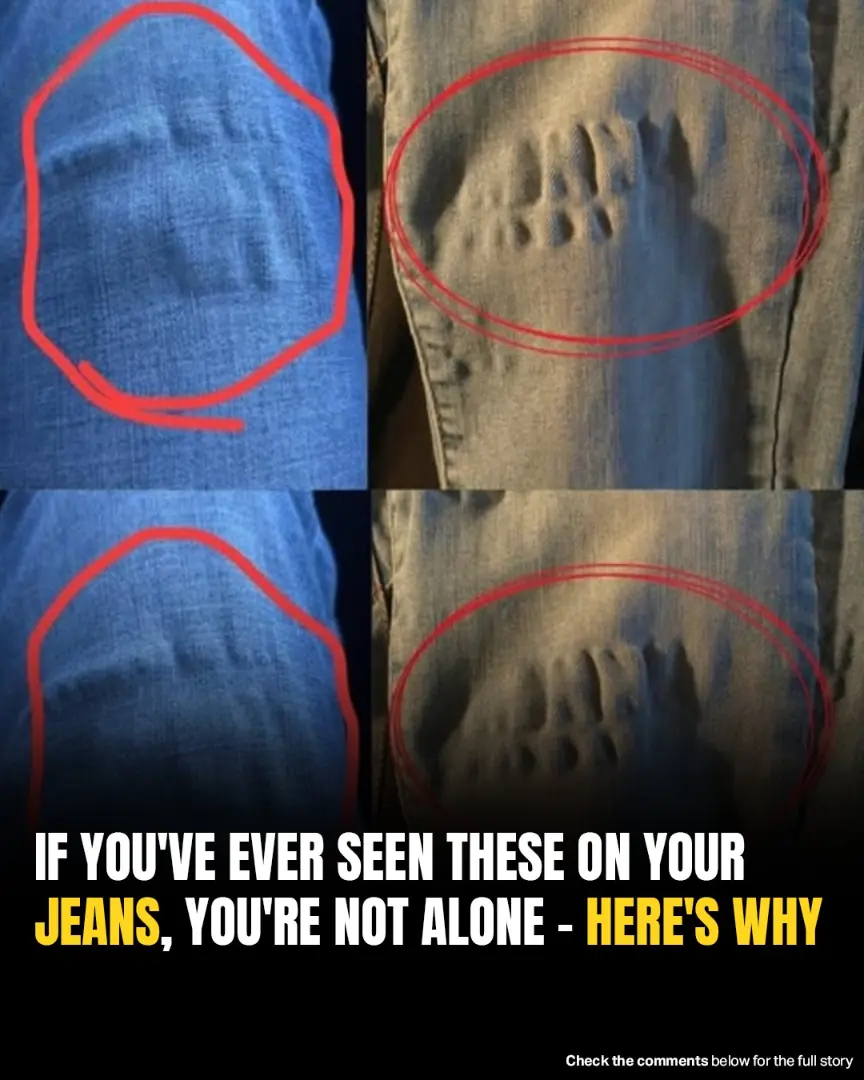
What Causes Those Strange Ripples In Your Jeans After Washing?
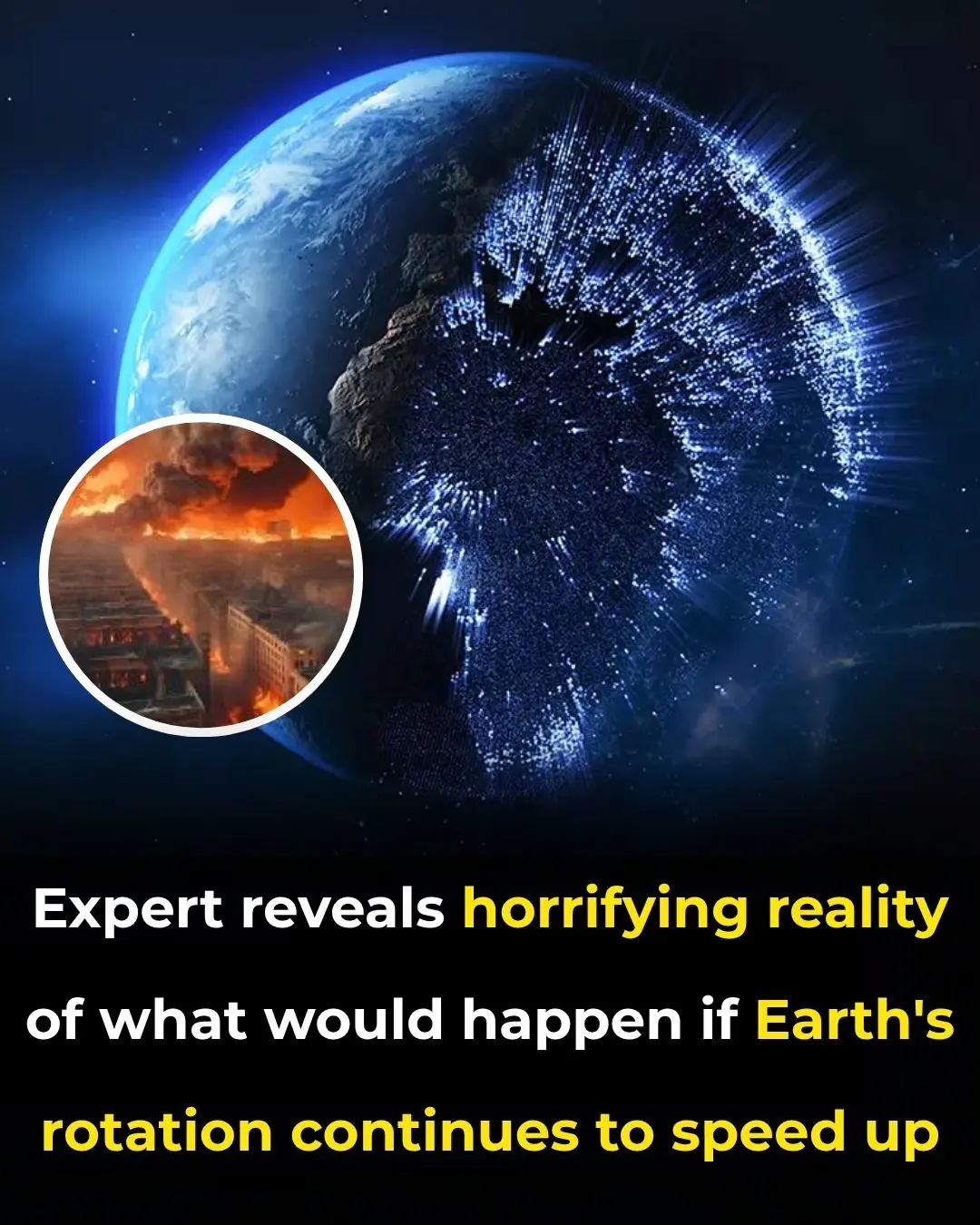
Expert reveals horrifying reality of what would happen if Earth's rotation continues to speed up
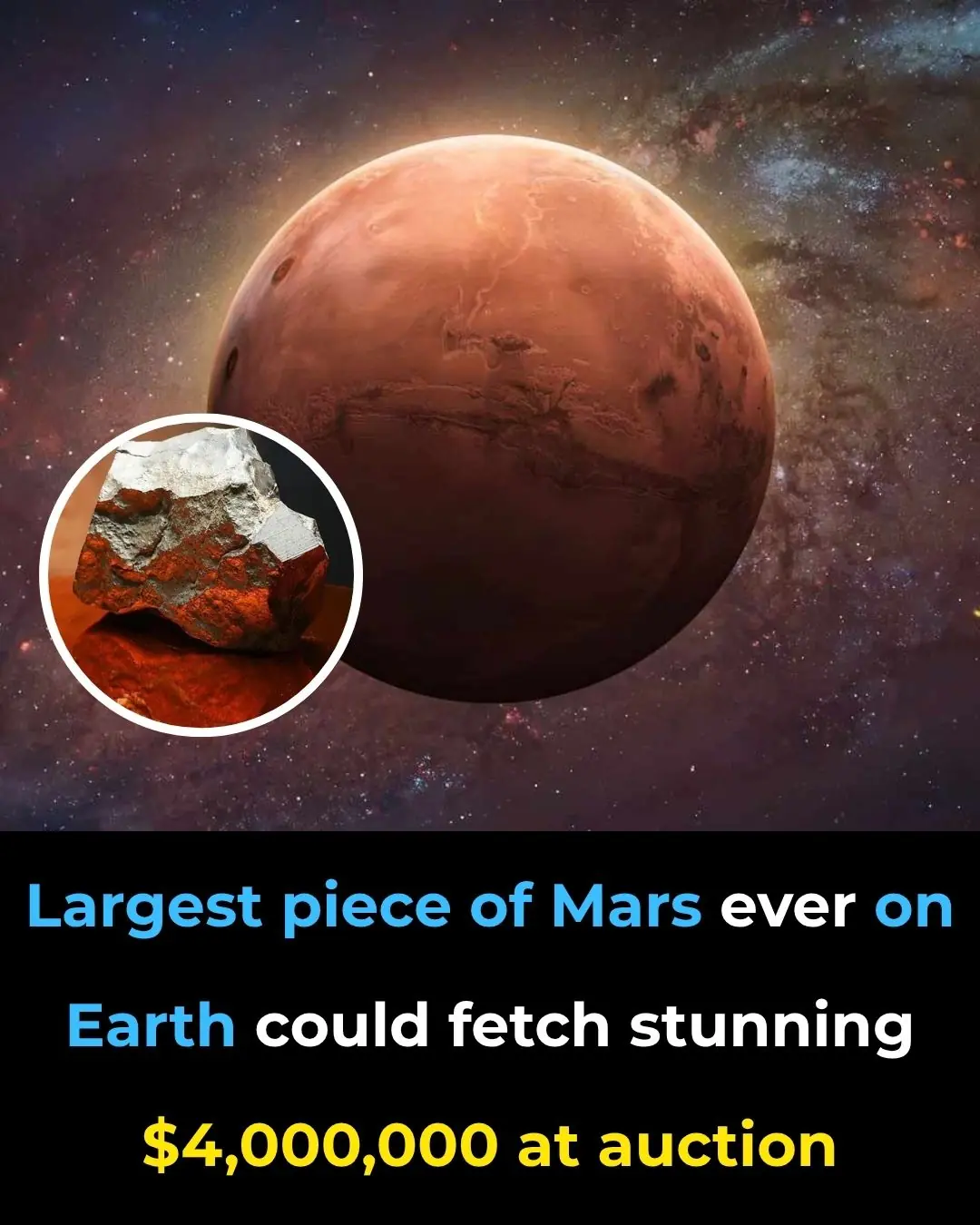
Largest piece of Mars ever on Earth could fetch stunning $4,000,000 at auction
News Post

Waking Up with Numb or Tingling Hands: What It Really Means (Science-Based)

Scientists Explain The Effects of Eating Too Much Sugar

Urgent Warning: U.S. Salmon May Be Infected with Japanese Tapeworm, Say Scientists

Earth Plunged Into Darkness For Six Minutes In Rare Event Not Seen In A Century

Brain Teaser: Can you identify the error in this family’s dining room photo in under 15 seconds?

Authorities Discover 1,600‑Foot Drug Tunnel Under Us–Mexico Border With Lighting And Rail System

Bill Gates Says Only 3 Jobs Are Safe From AI — Are You In One Of Them?

Here’s What It Really Means When A Man Turns His Back In Bed

If You See A Man With One Painted Fingernail, Here’s What It Means

This house looked like it was about to fall into itself until one family stepped in

Why Kidney Failure Is Striking The Young—And How To Stop It

Bill Gates reveals profession which will remain '100% human' even after AI replaces most jobs

People shocked after passenger filmed as their phone went through X-ray scanner at airport

Mammoth structures discovered beneath Africa could be 'ancient planet' 4,500,000,000 years old

YouTuber discovers 78-year-old woman who's been keeping her own world alive in a 'dead' game for years

Nurse Reveals The Spine-Chilling Truth About What Happens After We Die

If You See A Man With One Painted Fingernail, Here’s What It Means

One Month Before A Heart Attack, Your Feet Will Give You These 6 Silent Warnings

Six Minutes Beyond Life: What I Saw After Dying And Coming Back
